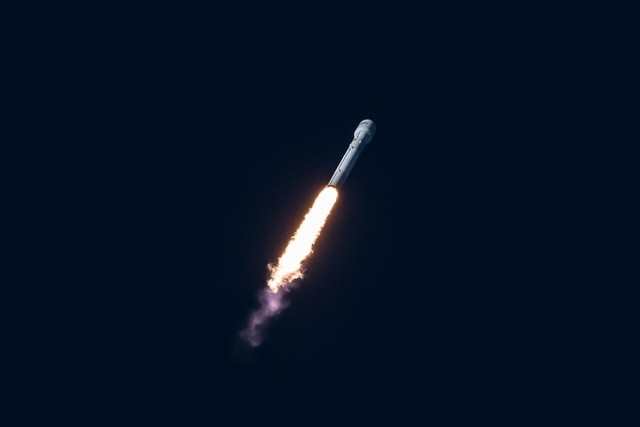According to Techcrunch's latest report, The National Aeronautics and Space Administration (NASA) will be using private suborbital flights to train new astronauts recruited for future space missions. The agency is hoping to improve its training protocols to better prepare its new members for the challenges of space.
This new plan will suggest a potentially huge new market for the nascent private spaceflight industry since NASA is planning to use suborbital spacecraft from the likes of Blue Origin and Virgin Galactic.

Also Read: [VIDEO] NASA is About To Spin Its Next Mars Rover To Search Its Center of Gravity
NASA might use private suborbital spaceships to train newbie astronauts: Will there be any risks the new plan might encounter?
Jim Bridenstine, the administrator of NASA, explained at the Next-generation Suborbital Researchers conference which was conducted in March 2020, that the space agency is considering using suborbital spacecraft from private spaceflight companies.

"That's a capability we as a nation have not had until recently," he said in the report of Space.com. Blue Origin and Virgin Galactic have both effectively undergone suborbital flights and traveled to outer space. However, Bridenstine said that conducting test flights and commercial flights with astronauts that have no experience are very different.
Virgin Galactic is already selling tickets for the first flight with the passengers, but there are no specific dates yet. According to the report, the suborbital flights are aspirational at present since there are no reliable schedules and records of successful missions yet. The report reiterated that this is the nature of space travel: 99% of the way is still nowhere.
The tests and training done by the astronauts on the planet are not enough. They can do all the simulators, pool training, and virtual flights, but in the end, they will only have the proper knowledge and experience once they go to space and experience the new environment first-hand.
Previously, experiencing space environments can only be achieved by spending a hundred million dollars on developing a spacecraft. However, the suborbital flights can provide the needed space experience that is cheaper which makes it more practical for new astronauts.
The suborbital spacecraft will have a rocket-powered ascent and will be launched out of the planet's atmosphere. It will provide the new astronauts a few minutes of weightlessness which is effective for the training.
"This is a big shift for NASA, but it's an important shift," Bridenstine said in the report.
The new plan of NASA will take advantage of the private commercial flights to be used as their official training venue for its newly recruited astronauts.
However, the space agency clarified that the flights should be extremely safe, but is not required to meet the same safety standards of the flights launched by ISS.
The suborbital flights that will not be directly operated by NASA would increase preparedness for new space missions, speed up readiness, and lessen the complexity of current space programs that rely on NASA-flown mission regulations.




![Most Useful Google Chrome Keyboard Shortcuts You Need to Know to Improve Your Browsing Experience [2024]](https://d.techtimes.com/en/full/449047/most-useful-google-chrome-keyboard-shortcuts-you-need-know-improve-your-browsing-experience-2024.jpg?w=184&h=103&f=476d29fd60df70a67f6679f99a2ca6d0)